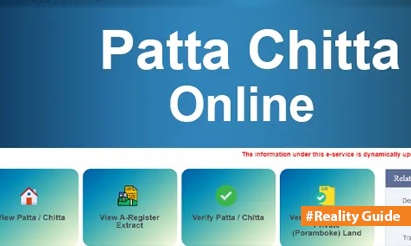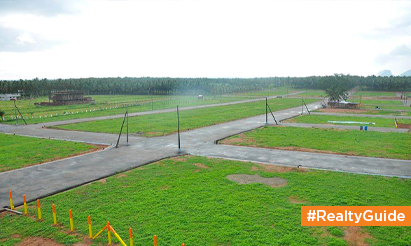CERSAI (Central Registry of Securitisation Asset Reconstruction and Security Interest of India): All homebuyers need to know
The CERSAI was established in 2011 to keep track of statistics on lending transactions including equitable mortgages in India.
CERSAI meaning
The CERSAI was created by the government to combat fraud in circumstances when property is used as a form of collateral to obtain loans. In this post, we’ll look at how CERSAI accomplishes this goal and what impact its activities have on Indian home loan customers.
What is the full name of CERSAI?
Under Section 20 of the Securitisation and Reconstruction of Financial Assets and Enforcement of Security Interest Act, 2002, the Central Registry of Securitisation Asset Reconstruction and Security Interest of India (CERSAI) was formed (SARFAESI Act). It is governed by the Companies Act of 1956, Section 25.
CERSAI’s role: CERSAI is a government-owned organization that runs a central register that handles the filing of security interests in immovable, moveable, and intangible properties, as well as the assignment of receivables by financial institutions, among other things.
With the goal of reducing the escalating incidence of property-related scams, the government established this national register in 2011 to collect online data connected to lending transactions against equitable mortgages in India.
Again for uninformed, the equitable mortgage is a loan in which a customer borrows money from a bank in exchange for his property, that serves as collateral for the loan.
Who owns of CERSAI?
Whereas the national government now owns the portion of the company, the CERSAI warned in March 2021 that the Reserve Bank of India (RBI) may buy the government’s 51 percent ownership in the centralized database because all of its duties are connected to banks.
Government institutions, notably State Bank of India, Punjab National Bank, and Bank of Baroda, as well as the National Housing Bank, own the remaining 49 percent of the CERSAI.
CERSAI’s main functionalities
CERSAI’s tasks and operations are primarily focused on banks, housing finance companies (HFCs), especially non-banking finance businesses (NBFCs) (NBFCs). The central register is responsible for the registration of security interests in permanent, moveable, and intellectual assets by lenders, among other things. Simply explained, the CERSAI login is an online platform of all properties in India that have been mortgaged with banks.
Since 2016, the CERSAI has also operated and maintained a Central KYC Record Registry (CKYCRR) to support RBI, SEBI, IRDAI, and PFRDA reporting organizations.
What does CERSAI search entail?
Inside the real estate industry, every bank or lender engaging in real estate transactions has accessibility to the CERSAI’s data to detect possible frauds, such as when an owner borrows money from various places using same property as collateral.
Disclaimer: The views expressed above are for informational purposes only based on industry reports and related news stories. PropertyPistol does not guarantee the accuracy, completeness, or reliability of the information and shall not be held responsible for any action taken based on the published information.




